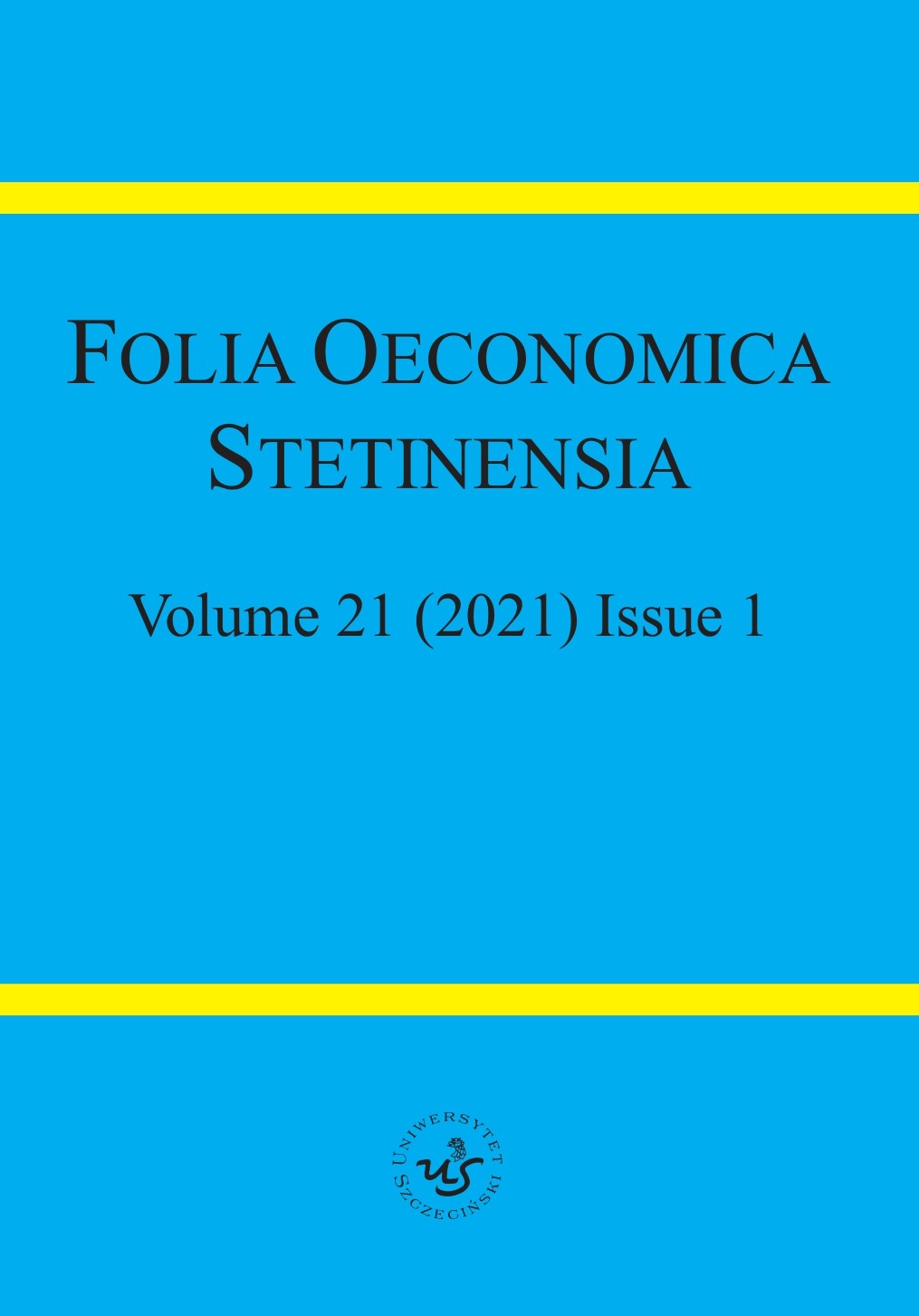The Impact of Family and Child-Allowances on Income Inequality in Poland. Gini Decomposition by Income Sources
The Impact of Family and Child-Allowances on Income Inequality in Poland. Gini Decomposition by Income Sources
Author(s): Ewa Wędrowska, Joanna MuszyńskaSubject(s): Economy, National Economy, Public Finances, Socio-Economic Research
Published by: Wydawnictwo Naukowe Uniwersytetu Szczecińskiego
Keywords: household income; income inequality; Gini coefficient; income source decomposition; EU-SILC
Summary/Abstract: Research background: This paper analyses how different income sources affect the level of inequality in Poland, with focus on the role of family and children related allowances in decreasing income inequalities in 2015–2017. Therefore, the study has focused on the various subgroups of households with children. Purpose: The paper is aimed at examining the extent to which family and children related allowances affect household income inequality and identifying whether they affect inequality in various groups of households in the same way. Methodology: The study was carried out on micro-data gathered by Eurostat. To examine the extent to which different income components affect income inequality, we decompose the Gini coefficient according to the method introduced by Lerman and Yitzhaki. Results: Our study revealed that for most households with children, the inequality-reducing effect due to family and children related allowances increased in 2017 compared to 2015. However, despite the additional child-raising benefit under the “Family 500+” programme, income taxes and social security contributions remained by far the most important factor in reducing household income inequalities in Poland. Novelty: To our knowledge, no study has yet attempted to assess the extent to which family and childallowances affect income inequality based on real data. The present analysis takes a step towards filling this gap. Unlike other studies based on microsimulation, in this paper we made use of the representative microdata derived from the EU-SILC study.
Journal: Folia Oeconomica Stetinensia
- Issue Year: 21/2021
- Issue No: 1
- Page Range: 144-160
- Page Count: 17
- Language: English

